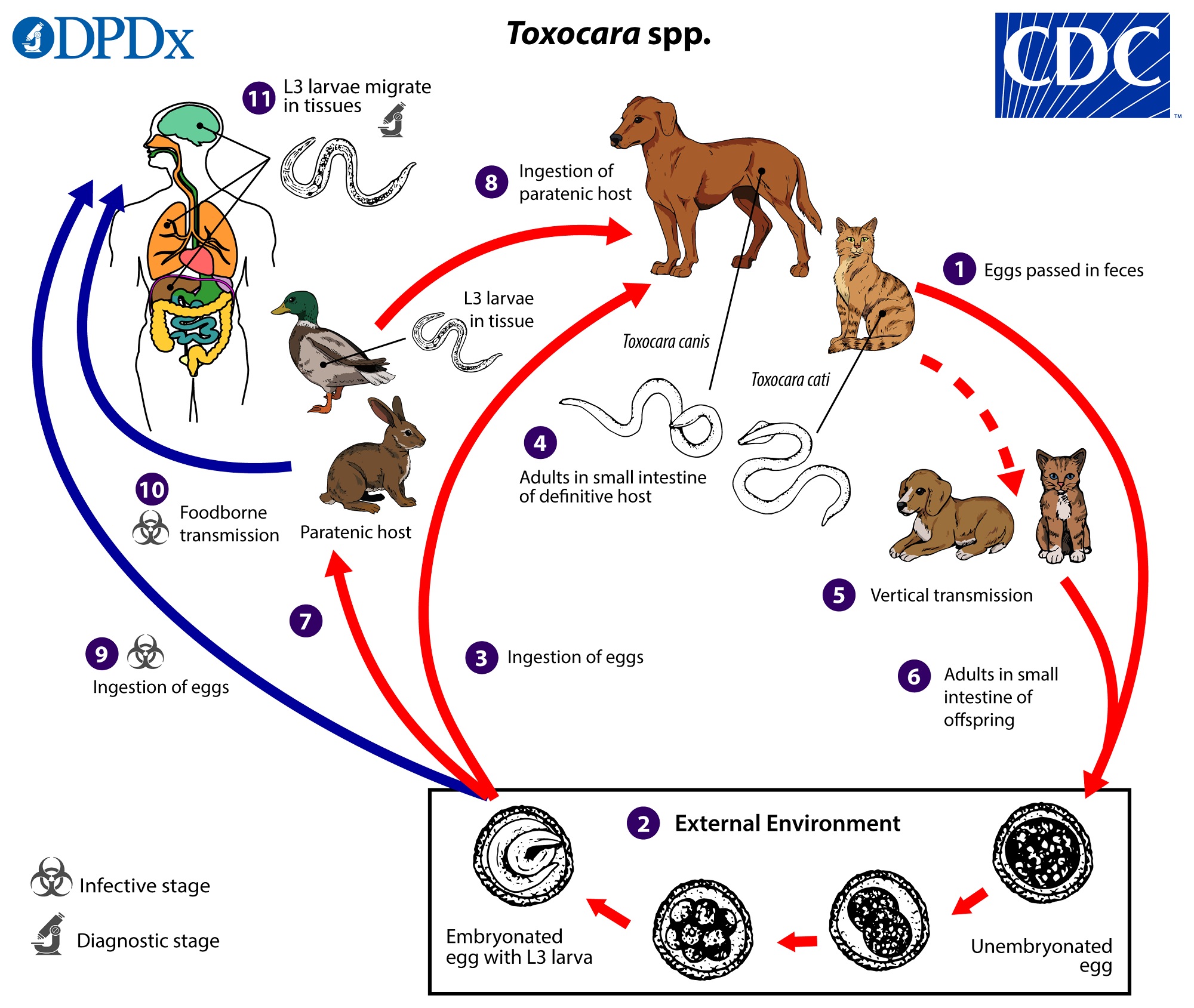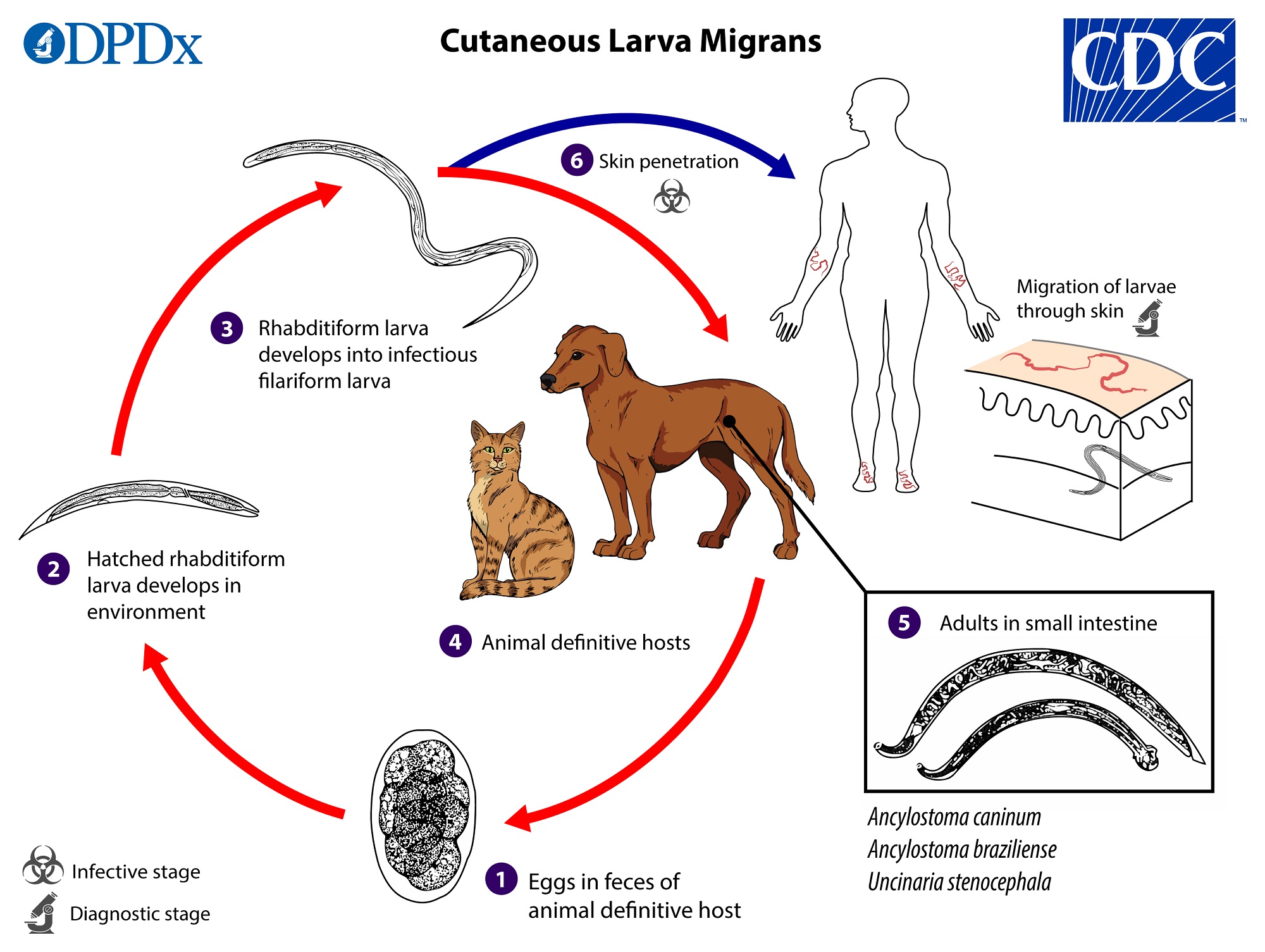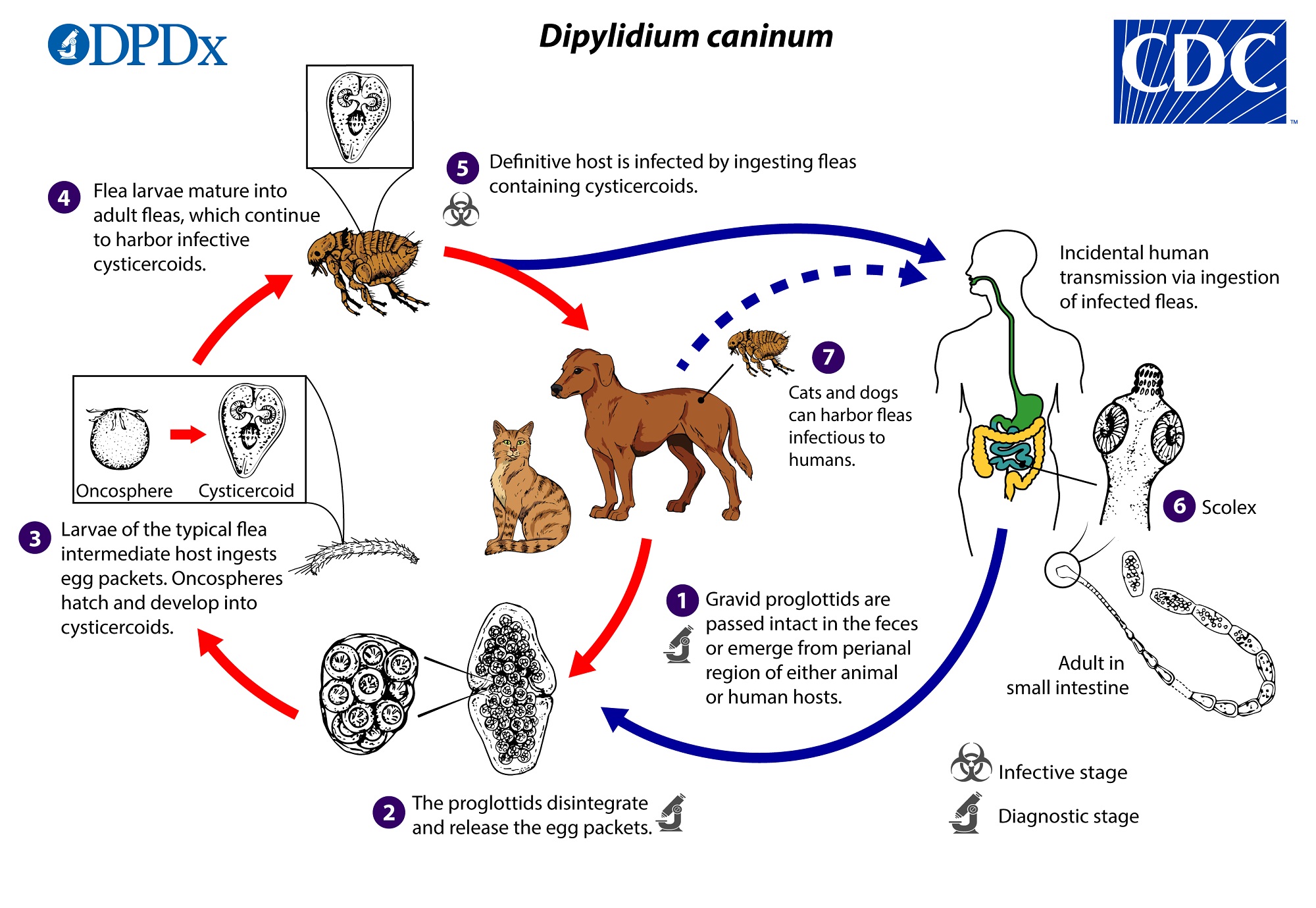For the month of January, it’s all about parasites and protecting not only our pets, but ourselves and our family. That is why Emerald Animal Hospital is offering fecal testing for 25% off through the month of January. Simply bring in a sample of your pet’s stool, mention this ad, and we will send it out to test for parasites for 25% off. No exam required, but if the test comes back positive for parasites an exam would be required to treat your pet. This offer in only good until January 31’st, so don’t miss this amazing offer!
“The neglected parasitic infections (NPIs) are a group of five parasitic diseases
that have been targeted by the CDC as priorities for public health action based
on the
• Number of people infected
• Severity of the illnesses
• Ability to prevent and treat them ….
These infections are considered neglected because relatively little attention has
been devoted to their surveillance, prevention, and/or treatment.
Anyone, regardless of race or economic status, can become infected …”. For that
reason, the doctors and staff at Emerald Animal Hospital, treat you and your pet
as family and will care for them in that way also.
CDC’s top five neglected parasites: Hookworm eggs and larvae, Roundworm eggs, and Hookworm eggs
Roundworms
– Toxocara-
o Toxocariasis
o Dogs and people can become infected by accidentally swallowing
roundworm eggs from the environment. In addition, larval worms can
cross through the placenta, milk, or colostrum of a mother dog,
passing the infection to her puppies. Infected puppies usually do not
develop and grow well and might have a pot-bellied appearance.
Many people who are infected with Toxocara do not have symptoms and
do not ever get sick. In people, children are most often affected with
roundworm. There are two forms of the disease in people. Ocular larva
migrans happens when the larvae invade the retina and cause
inflammation, scarring, and possibly blindness. Typically, only one eye is
infected and this is the leading cause of preventable blindness in children.
Visceral larva migrans occurs when the larvae invade parts of the body,
such as the liver, lung, or central nervous system. Symptoms of visceral
toxocariasis include fever, fatigue, coughing, wheezing, or abdominal pain.
o Young children and owners of dogs or cats have a higher chance of
becoming infected. Approximately 5% of the U.S. population has
antibodies to Toxocara. This suggests that tens of millions of
Americans may have been exposed to the Toxocara parasite.
Dogs and cats that are infected with Toxocara can
shed Toxocara eggs in their feces. Adults and children can become
infected by accidentally swallowing dirt that has been contaminated
with dog or cat feces that contain infectious Toxocara eggs.
Photo provied by the Centers for Disease Control

Ancylostoma
– Dogs can become infected with hookworms through ingesting the parasite
from the environment or through their mother’s milk or colostrum. Young
puppies are most often affected and might have dark, bloody stool and
anemia. Severe infections in some puppies can lead to death.
– People become infected with dog hookworms while walking barefoot,
kneeling, or sitting on ground contaminated with stool of infected animals.
Hookworm larvae enter the top layers of skin and cause an itchy reaction
called cutaneous larva migrans. A red squiggly line might appear where
the larvae have migrated under the skin. Symptoms usually resolve without
medical treatment in 4-6 weeks
– Dogs and cats can become infected with several hookworm species,
including Ancylostoma brazilense, A. caninum, A. ceylanicum,
and Uncinaria stenocephala.
Photo provided by the Centers for Disease Control

Dipylidium caninum
– The dog tapeworm is a parasite spread to dogs, cats, and people through
the ingestion of infected fleas.
– Tapeworms are not usually harmful to your pet. Weight loss may occur if
your pet is heavily infected. Sometimes, an infected dog will “scoot” or drag
its anus across the ground or carpet because the segments are irritating to
the skin in this area.
– Occasionally, a portion of this tapeworm will be passed when the dog
vomits. If this happens, a worm several inches long may be seen.
– A dog or cat may swallow a flea while self-grooming. Once the flea is
digested by the dog or cat, the larval tapeworm is able to develop into an
adult tapeworm. Adult tapeworms may measure 4-28 inches in length.
– In people, children are more commonly infected but don’t usually show
signs of disease. The most effective way to prevent infections in pets and
humans is through flea control. A child who is infected will usually pass
proglottids (or what appears as rice) in a bowel movement or find them stuck to the skin around the anal area.
– The best way to prevent infection in pets is to control the flea population in
the environment.
– People become infected when they accidentally swallow a flea infected
with tapeworm larvae; most reported cases involve children.
Photo provided by the Centers for Disease Control


